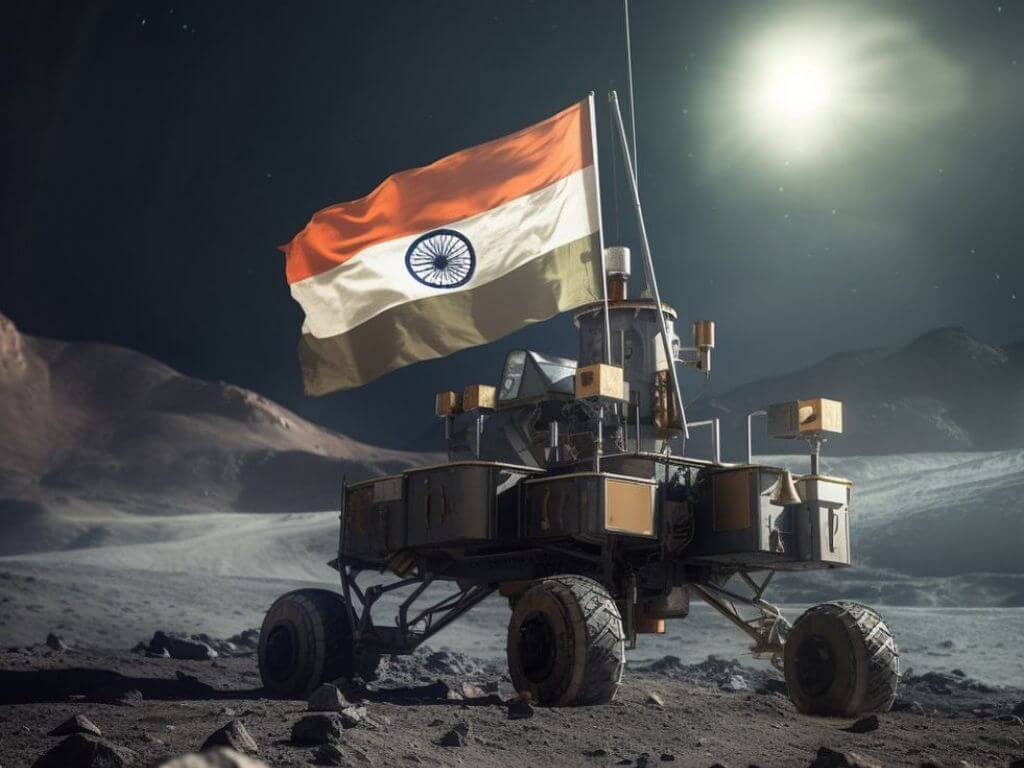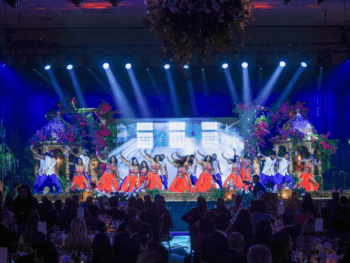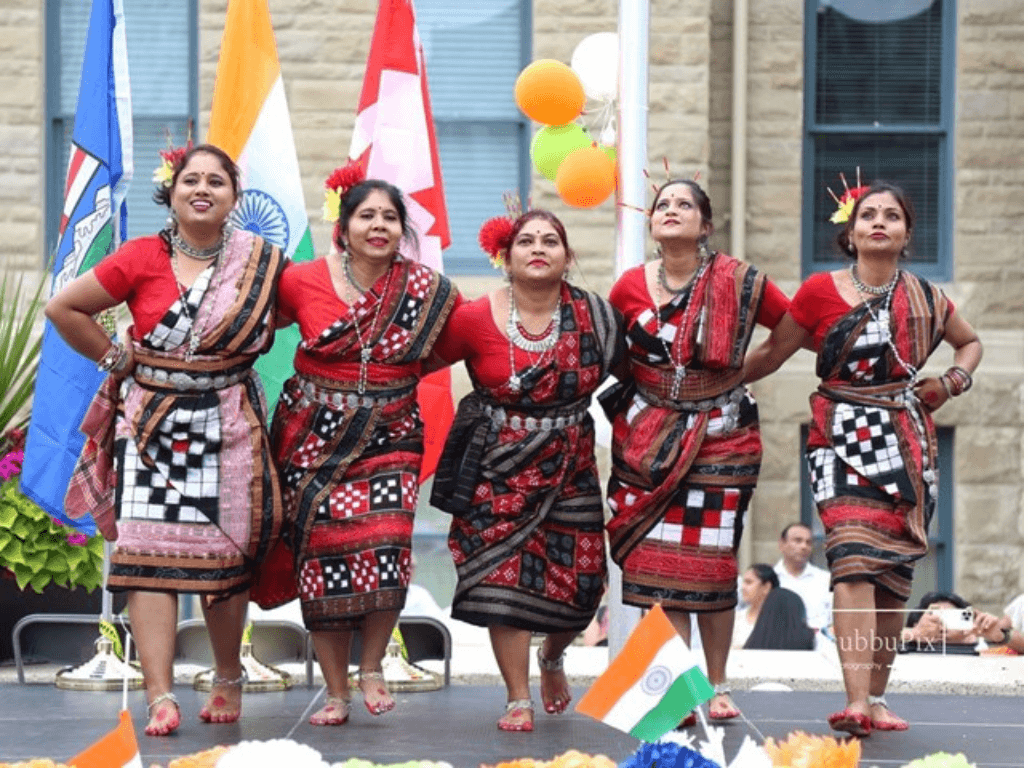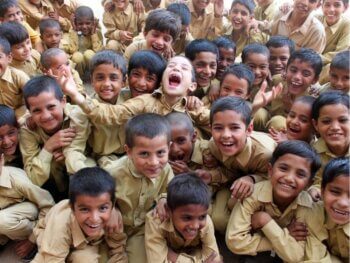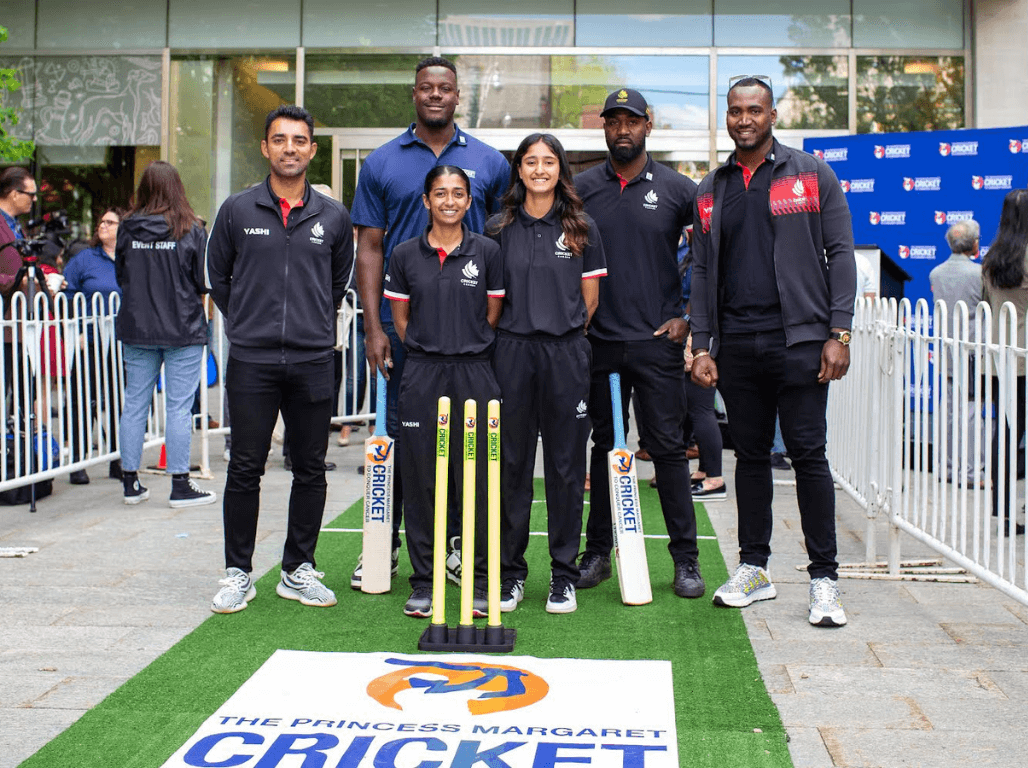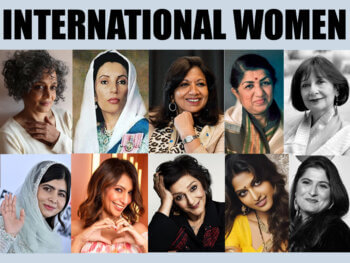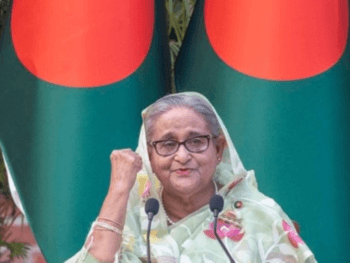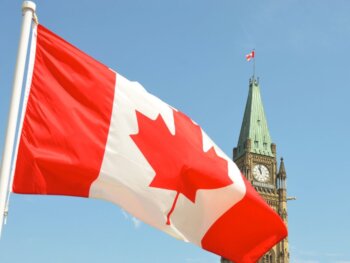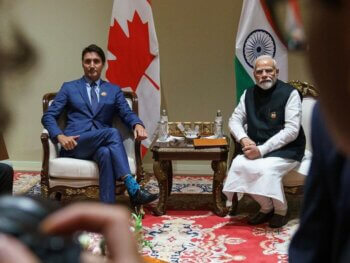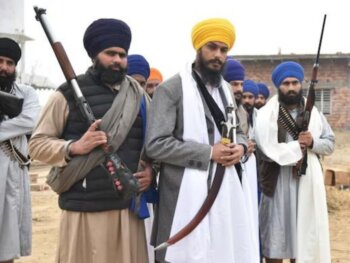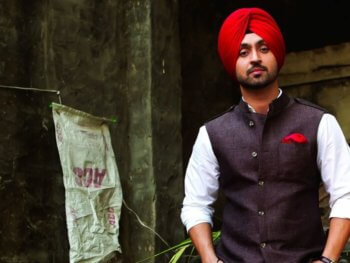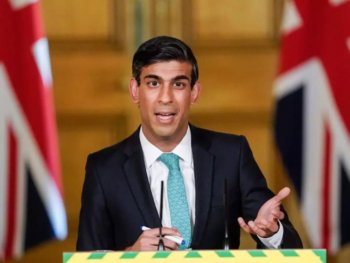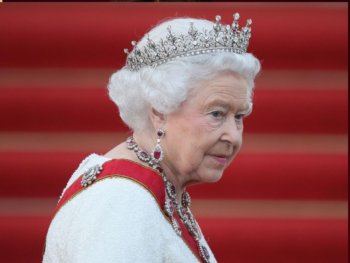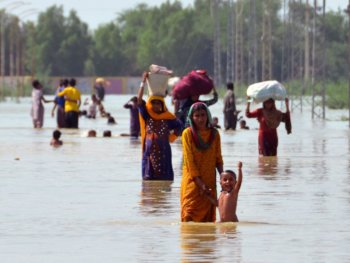The historic landing of India’s Chandrayaan-3 has become a global moment for India, marking it as the fourth country in the history of space travel to venture to the moon. Here’s why this signals a historic moment for India’s ambitious space industry.
A Celestial Celebration
India became the second nation in the 21st century to successfully land on the moon, just after China which landed 3 of their spacecrafts on the moon since 2013. The last American venture was the Apollo 13 crew that landed on the moon in 1972. India’s successful mission is even more significant as it beat out Russia who just days earlier, had an unsuccessful landing with their Luna 25 spacecraft crashing into the moon on August 19th ending the country’s first lunar landing attempt in nearly 50 years.
This accomplishment by the Indian Space Research Org (ISRO) was even more pronounced as it took place days after India’s Independence Day celebrations, literally taking the citizen’s national pride to the moon.
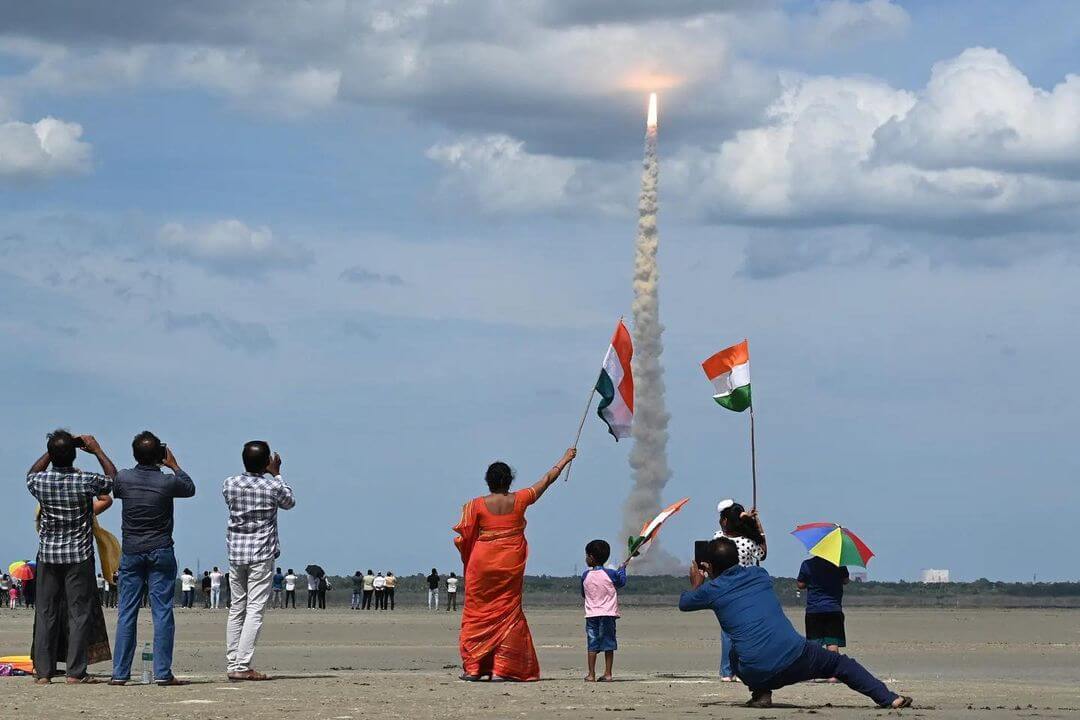
The country’s mission consisted of three parts: a lander, rover, and propulsion module, which collectively provided the Chandrayaan-3 the thrust needed to travel nearly 400,000 kilometers from the Earth to the moon.
The Chandrayaan-3 lifted off on July 14th from Satish Dhawan Space Centre in Sriharikota in Andhra Pradesh, taking approximately 10 days to enter the moon’s orbit. Once it approached the planet, the space mission’s lander, aptly named Vikram which means “strong”, was ejected from the propulsion module and made a soft touchdown on the grey terrain of the moon at approximately 6pm IST/8:30am EST on August 23rd. Immediately thereafter, Pragyan, a tiny six-wheeled rover carrying various technical instruments to collect samples and data, exited Vikram, rolled down the ramp, and hit the moon’s surface.
The lander is expected to roam the moon and collect all the necessary information for about two weeks. The propulsion module will continue on the orbit beaming information back to Earth.
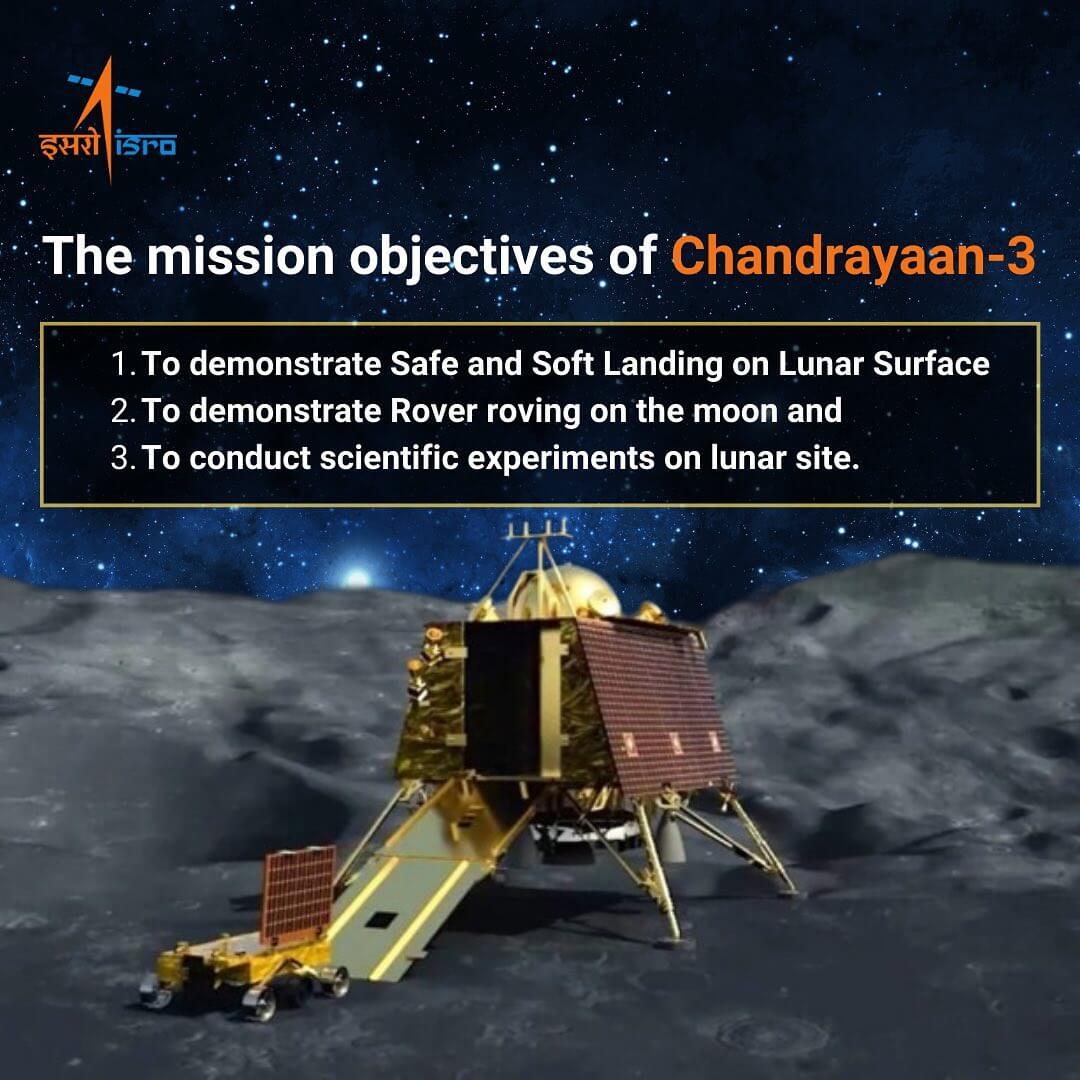
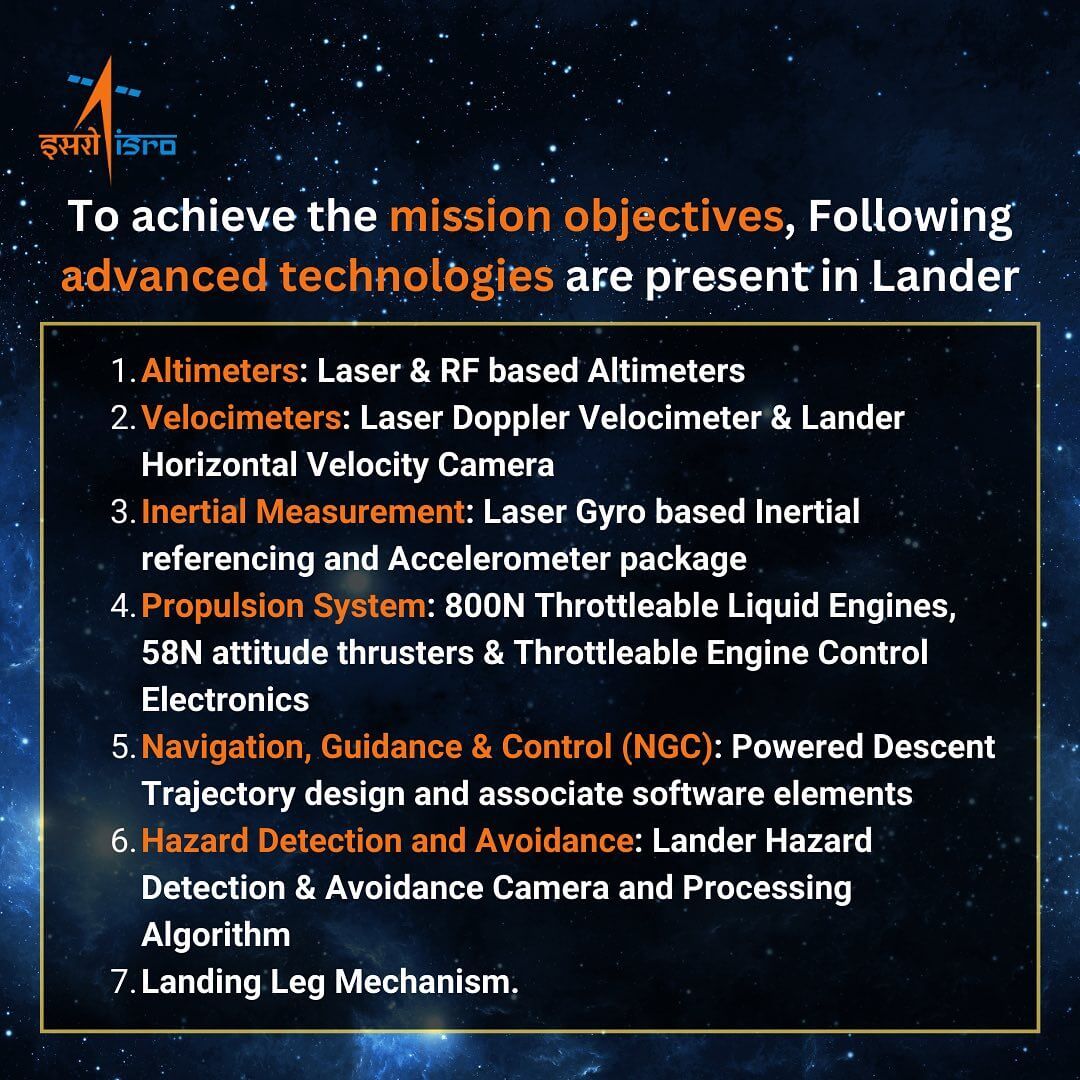
The Significance Of The South Pole
One of the more interesting aspects is the location of the Chandrayaan-3’s lander, Vikram. This marks the first time that the moon’s South Pole was the destination of any space mission. The unique terrain of the moon’s landscape in this specific geographical location is a boon for scientists all over the world. Mainly because the South Pole is home to water ice deposits. These water deposits have the potential to be converted into rocket fuel or drinking water for future astronauts.
https://www.instagram.com/reel/CwKBU3XLfQN/?utm_source=ig_web_copy_link&igshid=MzRlODBiNWFlZA==
View this post on Instagram
“On this joyous occasion…I would like to address all the people of the world,” declared Prime Minister Narendra Modi who was in South Africa at the time. “India’s successful moon mission is not just India’s alone. This is a year in which the world is witnessing India’s G20 presidency. Our approach of one Earth, one family, one future is resonating across the globe. This human-centric approach that we present and we represent has been welcome universally. Our moon mission is also based on the same human-centric approach,” Modi added. “Therefore, this success belongs to all of humanity, and it will help moon missions by other countries in the future.”
The Race To The Moon
Ever since the very first landing by America in 1969, the moon has continued to captivate the imagination of astronauts as well as mere mortals. Currently, there are more than a dozen countries that have missions in place in the coming years, including Japan’s Aerospace Exploration Agency with a scheduled launch later this month. The United States also has a few landers destined as well, with their first launch as early next year. NASA is focused on putting astronauts back on the moon as soon as 2025.
Congrats to all!
Main Image Photo Credit: www.instagram.com
Hina P. Ansari
Author
Hina P. Ansari is a graduate from The University of Western Ontario (London, Ontario). Since then she has carved a successful career in Canada's national fashion-publishing world as the Entertainment/Photo Editor at FLARE Magazine, Canada's national fashion magazine. She was the first South Asian in...


















































